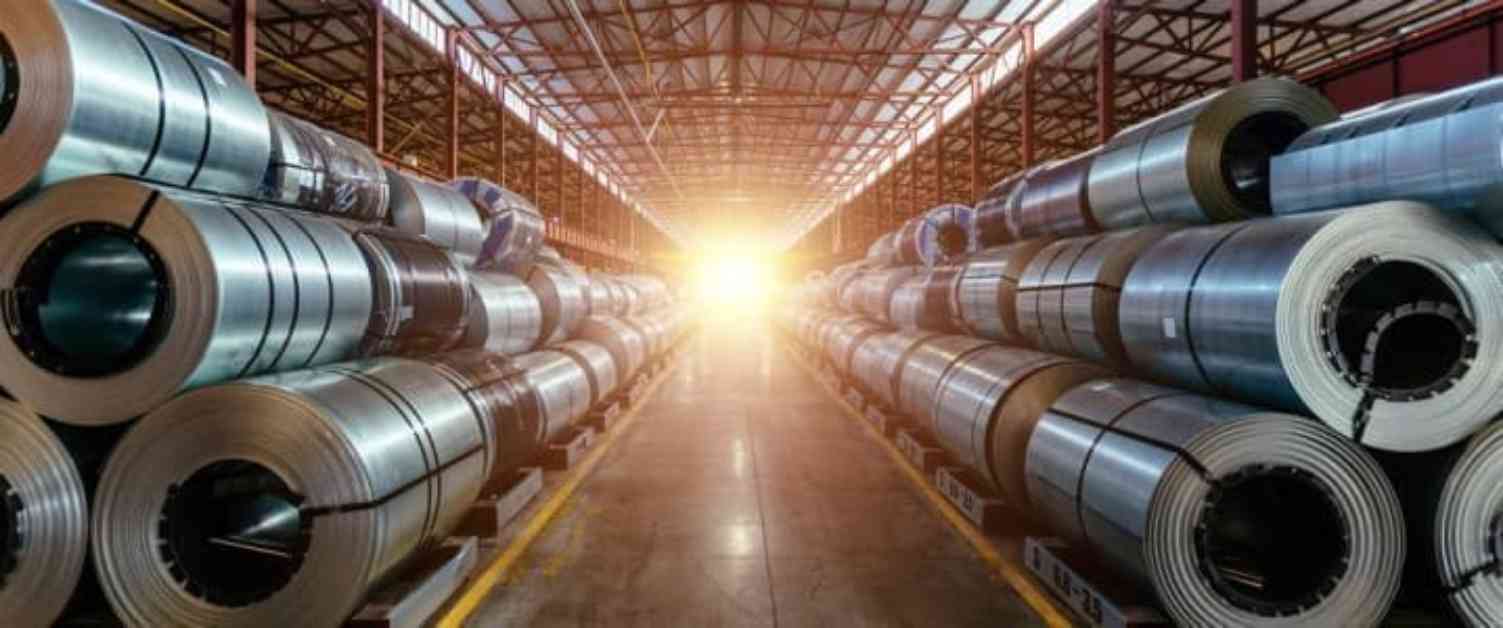With a new government in place following the recent general elections, steel companies in India are once again calling for more import tariffs and other measures to curb cheap steel imports from China. India ended up being a net importer of steel during the period from April to March 2024. According to provisional government data, this trend has persisted, with finished steel imports reaching a five-year high in April and May. Following renewed calls for import restrictions, rumors indicate that the Indian ministries of steel and commerce are already in talks to address this thorny issue.
Steel Companies React to Cheap Imports from China
The cheap imports flooding Indian markets, along with China’s similar tactic of flooding European and African markets with cheap steel, have begun to negatively impact India’s steel exports. This adds to the criticism received by countries like Turkey and Indonesia. Due to pressure on steel prices, the price of hot-rolled coil manufactured in China dropped to $520 per ton from $525 per ton in a week. In comparison, Indian steel export prices ranged between $650 and $660 per ton, and the issue is clear. Indian steel exports in May 2024 totaled 0.5 million tons. According to provisional data from BigMint, a market research and consulting firm, this marks a nearly 25% decrease from the approximately 0.66 million tons exported in April.
The Indian Steel Industry Faces a Crisis Due to Cheap Imports from China
Although exports are a concern, what is even more distressing for Indian steel companies is the flooding of the domestic market with Chinese steel. According to Ranjan Dhar, Director and Vice President of Sales and Marketing at ArcelorMittal Nippon Steel India, Indian authorities need to implement «several measures» to control the growing imports of steel from China and other indirect sources like Vietnam. According to Dhar, global steel consumption had decreased. At the same time, demand for Chinese steel within China had also decreased due to economic concerns and the real estate crisis. Therefore, surpluses had created a global oversupply. According to him, Chinese steel companies sometimes sold steel at prices even lower than production costs. Get crucial updates on steel prices and steel industry news directly in your inbox with the weekly MetalMiner newsletter.
Chinese Exports Continue to Rise
In 2022, China exported between 65 and 68 million tons of steel. However, it exported approximately 85 million tons in 2023 despite depressed domestic demand. A report from the Indian Ministry of Steel indicated that the value of Chinese steel exports to India in April 2024 was $434.01 million compared to $391.67 million in March. During these two months, India imported 1.1 million metric tons of finished steel, an increase of 19.8% compared to the same period last year. Meanwhile, weak global demand and declining input costs continue to pressure steel prices. As a result, Indian steel companies are prioritizing domestic demand, especially as exports remain a less profitable option. While price competitiveness in West Asia and Southeast Asia poses challenges, the situation in Europe continues to worsen due to weak demand and strict regulatory conditions. Dhar also advocates for reinstating the basic customs duty (BCD) on steel imports to 12.5%, a significant increase from the current 7.5%.
Is India on Track to Surpass China?
A recent Moody’s report suggests that growing steel demand in India and the upcoming expansion in steel production by private companies could place it ahead of China in the ongoing steel war. The rating agency recently conducted a comprehensive analysis, comparing both countries in terms of demand outlook, market dynamics, and resource advantages. According to the report, steel demand in India is expected to grow between 5 and 7% in the next 12-18 months. This growth is driven by strong economic and population growth, rapid industrialization and urbanization, and favorable government policies. In contrast, it projects that steel demand in China will slightly decrease due to a slow real estate market and lower economic growth.
Recently, India announced its goal to double its crude steel capacity to 300 million tons by 2030 under its national steel policy. Additionally, steel companies like Tata Steel continue to heavily invest in expanding their capacities. Furthermore, Moody’s forecasts that China’s overcapacity and India’s renewed capacity growth will exert downward pressure on steel prices in the coming days.















